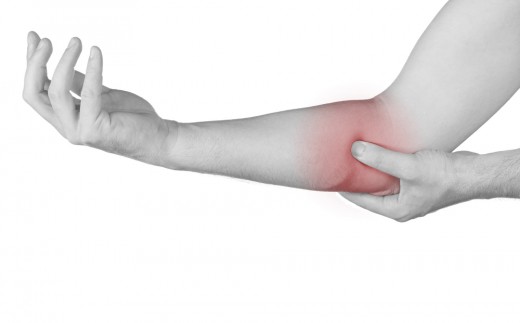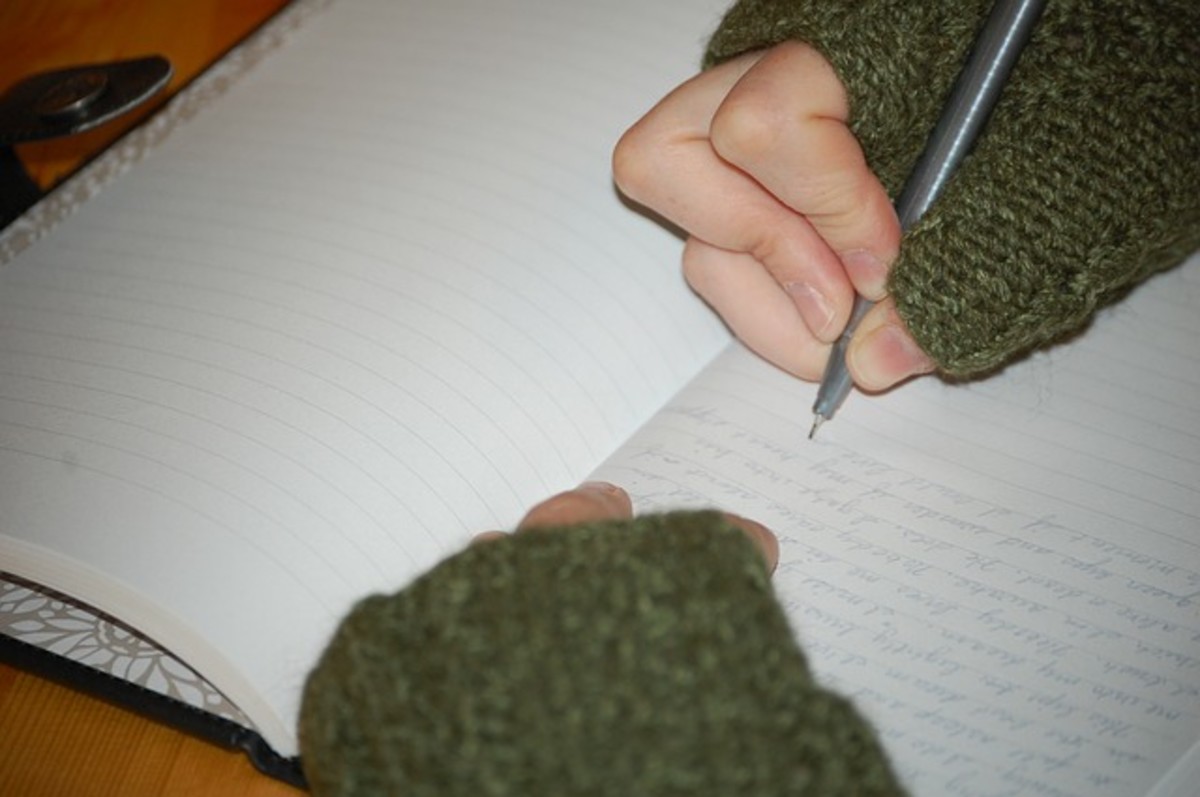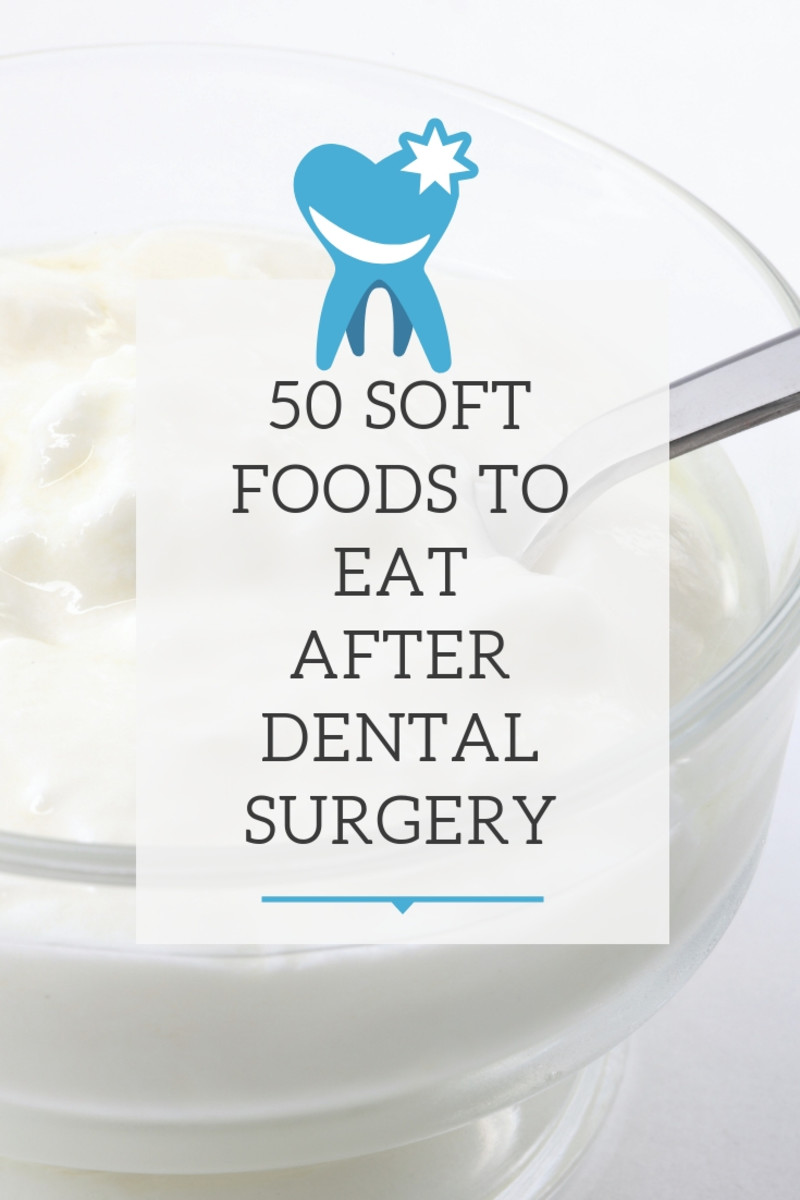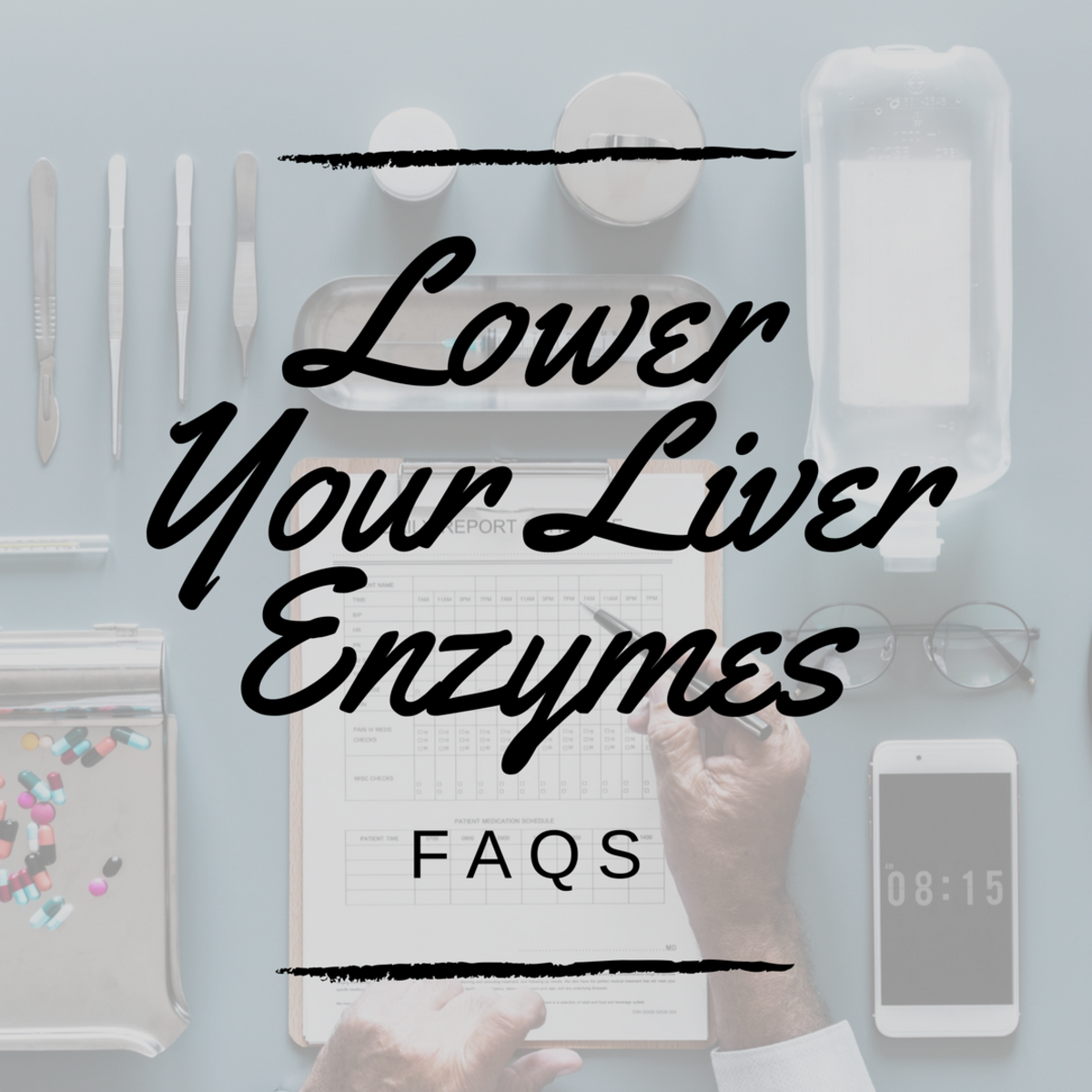Golfer's Elbow - Physiotherapy Treatment #1

Introduction
Golfer’s Elbow is characterised by acute pain over the medial epicondyle of Humerus. The pain is felt on the inner side of elbow because of minor repeated injuries causing inflammation of tendons around the inner side of elbow joint. This condition, though it is called Golfer’s Elbow, does not necessarily affect the Golf players only. It is primarily a condition of muscular over strain due to playing of Golf or any other game or doing any other activity that may cause injury, trauma or strain to the tendon on the inner side of elbow. It may also due to over indulgence in strenuous activities or occupations involving the upper limbs which cause over strain to muscles or tendons on the inner side of the elbow joint. The onset of Golfer’s Elbow is usually gradual. But sudden onset is not uncommon. This condition is also termed as Medial Epicondylitis.
Brief Anatomy of Elbow Joint- Please refer my earlier article on Tennis Elbow.
Signs and Symptoms
- Pain- Pain and aching in the region of elbow – especially on the inner side of elbow. The pain may radiate down the forearm to the wrist along the front side.
- Weakness – Grip usually becomes weak.
- Wasting – In chronic cases, there may be wasting of muscles of the forearm, especially muscles on the front side of forearm are involved.
- Tenderness – present on the medial epicondyle.
- Swelling – may or may not be present in the region of elbow, especially on the inner side.
- Movements - Active and passive movements of the elbow is usually full and pain free.
- Range of Motion – In severe cases there may be limitation of range of motion of elbow.
- Flexion of wrist and fingers – Bending of wrist and fingers against resistance is usually painful.
- Neurological Symptoms – If there is compression of ulnar nerve, there may be neurological symptoms.
Who gets Golfer’s Elbow?
- Pain usually occurs when one uses his forearm, wrist and fingers excessively, especially for turning or twisting movements such as turning door handles, opening a jar, squeezing a wet towel, gripping something tightly, using a screwdriver, shaking hands frequently, doing drawing or painting or any activity which demands excessive and repetitive ‘bending of wrist and fingers’. These activities may also cause Tennis Elbow.
- People who gets Golfer’s Elbow include Tennis players, Base Ballers, Bowlers, Gardeners, Land scrappers, House or Office cleaners who carry out vacuuming, sweeping and scrubbing. These activities may also cause Tennis Elbow.
incidence
- Men more affected than men.
- Usually affects dominant arm. Rarely affects non dominant arm also. May affects both arms bilaterally.
- Less common when compared to Tennis Elbow.
- May affect people of any age, more common in the middle aged.
- Despite the term, Golfer’s Elbow is not very common amongst Golfers.
Introduction
The nature of treatment prescribed for Golfer’s Elbow is almost similar to that for Tennis Elbow in general. But most of the exercises relevant for Tennis Elbow are not suitable for Golfer’s Elbow. The nature of treatment prescribed for Golfer’s Elbow vary from person to person depending on various factors viz. age, general health, severity of the symptoms especially pain, duration of the disability etc. As in the case of Tennis Elbow the treatment aims at reducing pain and inflammation, enhancing the healing process, reducing the strain on the injured elbow joint etc. The treatment also aims at rehabilitating the patient so that he can carry out the normal activities without causing relapse of symptoms of Golfer’s Elbow.
- Rest - In the acute stage when there is severe pain rest is essentially needed. Rest, by itself, relieves the symptoms to a great extent. Rest, in the strict sense, means avoiding any activity that may cause or aggravate the symptoms.
- Cryotherapy – In the acute stage application of ice is very helpful. It relieves the muscle spasm and hence the pain. It has a soothing affect. It also has an analgesic effect. It helps to stop bleeding, if there is.
Crushed ice cubes wrapped in a thick towel is wrapped around the elbow for 15 minutes. Then remove it for 5 minutes. Then reapplied for 15 minutes. This procedure is repeated twice or thrice, a day. Brushing of ice or application of ice for small intervals of time is suggested by a few. But from my experience I prefer prolonged icing. Never apply ice directly on the body as it may cause ice burns. - Application of Heat – Once the acute stage has subsided, application of heat is preferred. As in the case of Cryotherapy, heat relieves muscular spasm and hence the pain. It also has a sedative and a smoothening effect. Hot Water Fomentation and Moist Heat Application are very useful and they can be applied as home program. Superficial Heating Modalities like Infrared Radiation (IRR) and Deep Heating Modalities like Short Wave Diathermy (SWD) and Ultra Sound Therapy (UST) are very beneficial.
- Transcutaneous Electrical Nerve Stimulater (TENS) - It inhibits pain.
- Iontophoresis – It is the transfer of ions of drugs inti the body through the skin by the use of constant direct current. Please refer my earlier articles on ‘Physiotherapy Treatment for ‘Tennis Elbow’.
- Non – Steroid Anti- inflammatory Drugs (NSAID).
- Anti – inflammatory Pain Relieving Creams or Gels- While applying creams or gels care should be taken that they must be applied in a gentle way. If massaged in an unscientific manner with creams or gels or with any oil, there may be some complications. Please refer my earlier articles on ‘Physiotherapy Treatment for ‘Tennis Elbow’.(for details regarding complications)
- Active Exercises- Once the acute stage has subsided, mobilization exercises to the elbow joint is indicated. Active and carefully guided passive range of motion exercises are preferred. When exercises are done, they must be done within the limits of severe pain. Such exercises helps to stretch the muscles, tendons, the fascia, the ligaments and the joint capsule around the elbow joint. Movements help to maintain the tone of the muscles. As a result the muscle spasm is relieved and hence the pain. These movements also help to maintain the range of motion of the joint. To start with, movements with small amplitudes are tried. Gradually the amplitudes of the movements may be increased. If the movements are done after the application of heat or cold, the exercises may be more effective.
- Splints and Supports – Wearing of special elbow bands or a bandage applied below the elbow joint are found to be beneficial as they may relieve the symptoms. They may give support and protection to the elbow joint. A wrist band or a bandage applied just above the wrist are also found to be very useful to relieve the symptoms. It prevents excessive stretching of the flexor muscles and thus prevents excessive pulling of the Common Flexor Tendinous Sheath at the place of its origin at the medial epicondyle. Even if the forearm is splinted, exercise must be given to the joints. Please refer my earlier articles on ‘Physiotherapy Treatment for ‘Tennis Elbow’. (for complications regarding complications)
- If all the above mentioned modalities of treatment fail to relieve the symptoms, an injection of a steroid into the painful area may be beneficial. But such an injection usually fails to provide a permanent relief. The relief may be for a short period. Most of the patients do have the recurrence of symptoms. But for those people who wants an immediate relief, steroid injection is preferred to physiotherapy. But for those people who wants a long standing relief, physiotherapy is preferred to steroid injection. In case a steroid injection fails to provide the expected relief, it may be repeated. Anyway, having more than three steroid injections at the same site in a short span of time is not advisable. Frequent steroid injections do have side effects.
Please refer my earlier articles on ‘Physiotherapy Treatment for ‘Tennis Elbow’. ( for details regarding for complications) - Surgical Intervention- If the symptoms have not improved and still persist in spite of all treatment procedures, he may be a candidate for surgical intervention. During surgery the damaged portion of the tendon may be removed. If Osteophytes are present, they may be surgically ‘scraped off’. Post- operative physiotherapy is very important.





